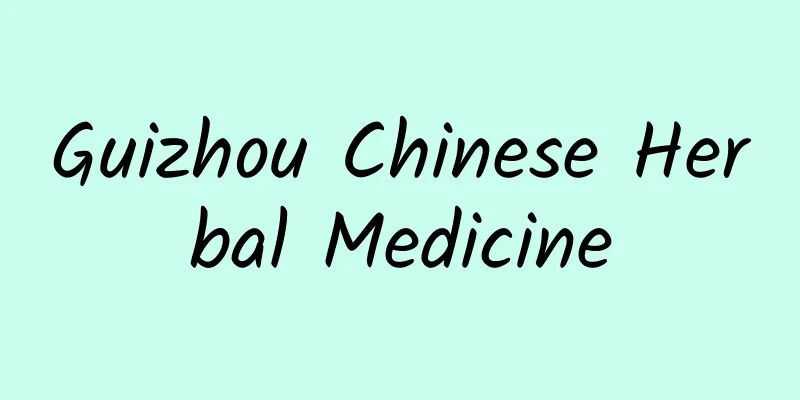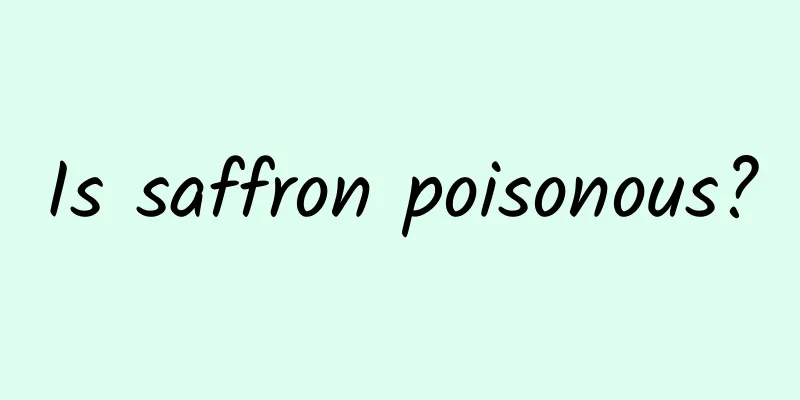Guizhou Chinese Herbal Medicine

|
Guizhou is a province with rich resources of traditional Chinese medicine. Its special climatic conditions are suitable for the growth and breeding of a variety of medicinal plants and animals, and are cost-effective. The complex geological conditions and the rich underground mineral resources contain a large number of mineral medicines. According to the survey and statistics of Chinese medicinal materials resources, there are 4,290 kinds of animal, plant and mineral resources with medicinal value in our province, including 3,924 kinds of herbal medicines, belonging to 275 families and 1,384 genera. There are 289 kinds of small animal medicines and 77 kinds of mineral medicines. Among the 363 priority species surveyed nationwide, 326 kinds of Chinese herbal medicines are produced in Guizhou Province, accounting for 89.61%. There are 250 kinds of Chinese herbal medicines recycled by the state in Guizhou Province. 1. Planting Type 1. Rare and precious species: Panax notoginseng, Cordyceps sinensis, Mugwort slices, Dragon's blood, Bezoar, Pangolin, etc. 2. Authentic types: Gastrodia elata, Eucommia ulmoides, Dendrobium officinale, Magnolia bark, Phellodendron chinense, processed Polygonum multiflorum, Glechoma longituba, Asparagus cochinchinensis, Morinda officinalis, Honeysuckle, Platycodon grandiflorum, Evodia rutaecarpa, Codonopsis pilosula, Gallnut, Pinellia ternata, Persica kernel, Thunder ball, Adenophora australis, Sagittaria sagittifolia, Caprine catechu, Curculigo orchioides, Ice ball seed, Bletilla striata, Paris polyphylla, Coix lachryma-jobi, Cinnabar, liquid mercury, realgar, Gardenia jasminoides, and medicinal rose. 3. Domesticated (domesticated) species: There are about 80 species that have been successfully transformed from wild to domestic and bred and can provide certain products. The key ones include Gastrodia elata, Eucommia ulmoides, Magnolia officinalis, Phellodendron chinense, Evodia rutaecarpa, honeysuckle tea, dried plum, Coix seed, Dendrobium officinale, Gallnut, Scutellaria baicalensis, Ophiopogon japonicus, Chinese yam, Yellow chrysanthemum, Achyranthes bidentata, Platycodon grandiflorum, White peony root, Trichosanthes kirilowii, Rose, Corydalis yanhusuo, Ligustrum lucidum, Paojiang, Coptis chinensis, Alisma orientalis, Rehmannia glutinosa, Adenophora stellariae, Cortex Moutan, Citron, Fig, Perilla leaf, Red peony root, Houttuynia cordata root, Blumea balsamina, Isatis indigotica granules, White cardamom, Dactylum japonica, Citrus aurantium, Gardenia jasminoides, Ophiopogon japonicus, Coix seed, Schizonepeta tenuifolia, Hemp seed, Radish seed, Cephalotaxus acuminata, Camptotheca acuminata, etc. 2. Current Development Trends At present, Guizhou has added nearly 40 more varieties of Chinese herbal medicines to the original 40 varieties: Rhizoma Atractylodis Macrocephalae, Radix Pinelliae, Radix Asparagi, Radix Morindae Officinalis, Rhizoma Paris polyphyllae, lily, coix, trichosanthes, turmeric, belamcanda vine, polygonatum, ice ball seed, sagittaria, ginkgo, camptothecoides, salvia miltiorrhiza, Polygonum capitata, aloe, gallnut, Dioscorea zingiberensis, rose, lily, Fritillaria thunbergii, northern isatis root granules, white peucedanum, bupleurum, bletilla striata, wild ganoderma lucidum, aconite, anemarrhena, cat's claw, prickly ash, ginger, litsea cubeba, large-fruited ginger seed, golden iron lock, inverted jar, buckwheat head, black-bone chicken, deer, black-necked snake medicine, gardenia, and rose. Among them, 13 types of designated Chinese medicinal materials production bases and 18 bases were established in Guizhou Province after investigation by the State Administration of Traditional Chinese Medicine. These types are Dendrobium officinale, Pinellia, Eucommia, Gentiana, Coix seed, Evodia rutaecarpa, Asparagus cochinchinensis, Morinda officinalis, Honeysuckle tea, Fagopyrum tartaria, Puckahoe, Red Peony Root, and Platycodon grandiflorum, with supporting funds reaching more than 2.5 million yuan (without regional matching funds). During the "-5" period, the total area of Chinese herbal medicine cultivation in my country is expected to reach 150 square kilometers. |
<<: Composition of Chaihu Guizhi Decoction
>>: Chinese herbal medicine Acorus calamus
Recommend
The efficacy and function of Dicranopteris dichotoma
Dicranopteris dichotoma is a famous traditional c...
The "Great White Whale" Jimu-1 airship explores the uninhabited area of northern Tibet for the first time
Author: Shi Xiangqi and Li Chuanfu In the remote ...
The efficacy and function of Dabaijie potato
Dabaijieshu is a medicinal material and is quite ...
Can agarwood be soaked in water and drunk?
Agarwood is a relatively common Chinese medicinal...
What are the effects of soaking the fruit in wine?
The twisted fruit is also called myrtle, doll, pe...
Want to buy a new phone in the new year? After changing it, you must pay attention to these things!
As the saying goes, after Laba, it is the New Yea...
Don't over-clean these 4 parts of your body, or you may harm yourself
Ms. Chen, 35 years old, had a sore throat some ti...
What are some Chinese herbal medicines for detoxification?
Nowadays, people are increasingly inclined to use...
Q&A | Too much water can put out a fire, but can a big fire ignite the water?
Loading long image... Source: Institute of Physic...
The efficacy and function of Rhubarb[Picture]
Rhubarb [Picture] is a very common Chinese medici...
The efficacy and function of white chicken gizzard
White chicken gizzard is a traditional Chinese me...
These teachers have extraordinary identities!
Newton once said: " If I have seen further t...
Will you get vaginitis if you put on clothes "instantly" after taking a shower? 9 little-known facts about women that many people don't know!
I believe that everyone has heard some little-kno...
The efficacy and function of Saxifraga
Saxifraga fuscata is a common medicinal material ...
What are the Chinese medicines for sexual health?
In today's society, with the increasing press...









